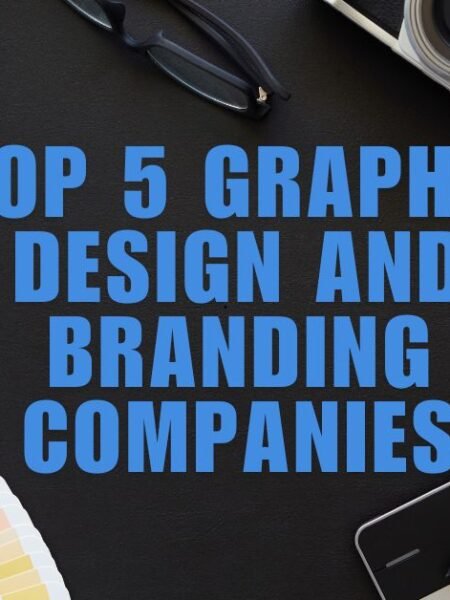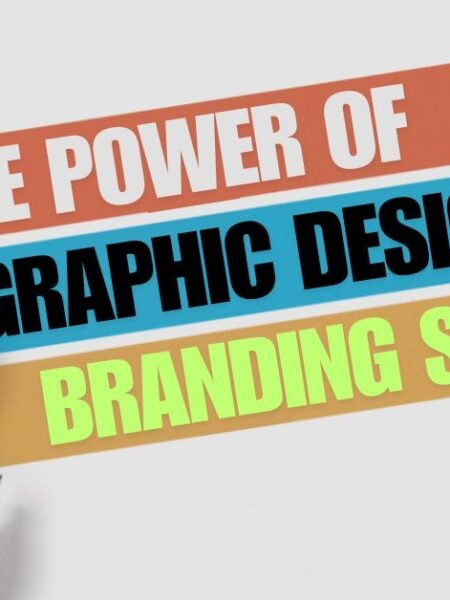A strong brand identity is the cornerstone of any successful business. It's what sets you apart from...
Did you know that a strong brand can increase a company's value by up to 75%? That's the power of ef...
In today's fast-paced digital age, visual communication has emerged as a dominant force shaping our...



